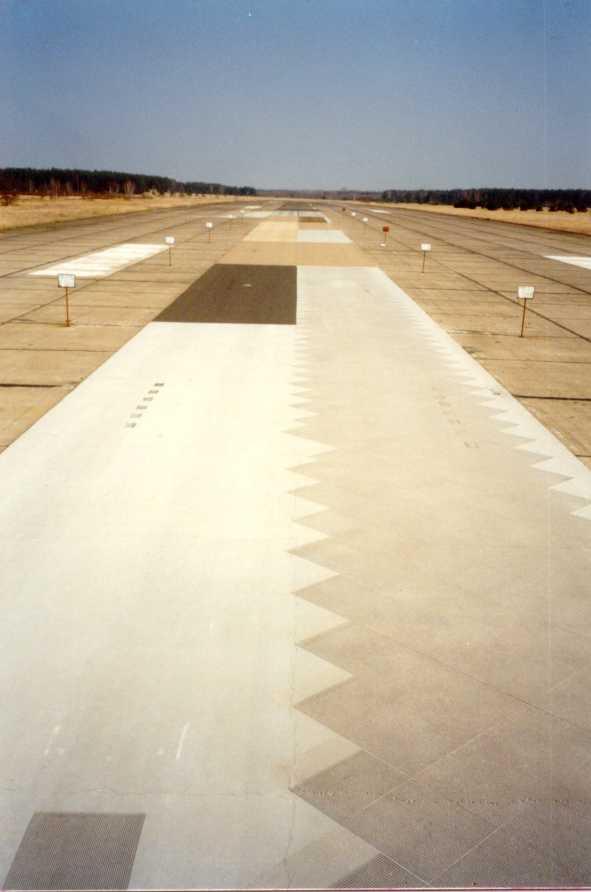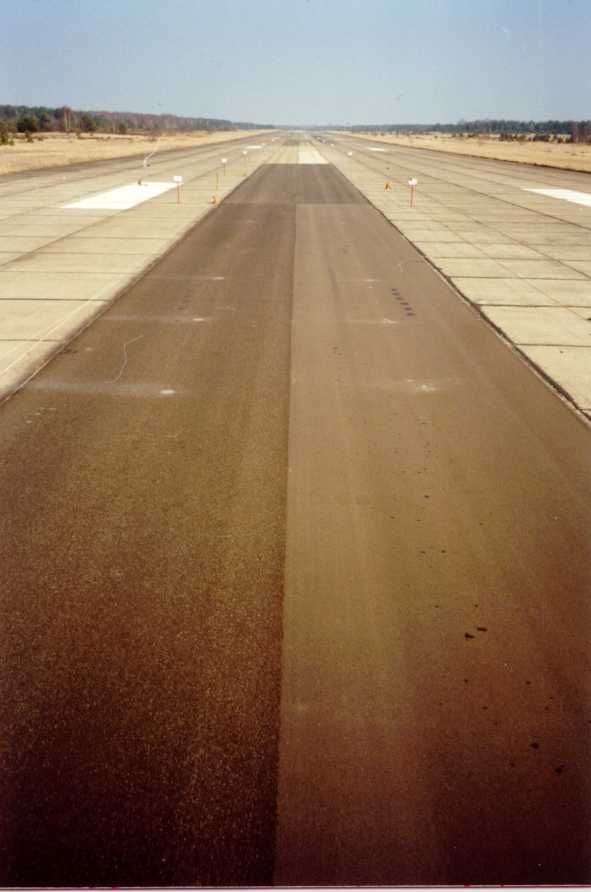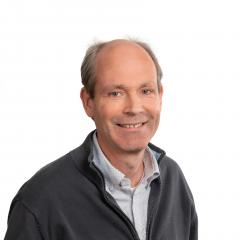
Wanted: kilometres of concrete for acoustic tests
42 test sections, varying in length from 20 to 80 metres, and 20 sets of tyres were needed. The location to be used for the tests also had to be in a quiet area. After all, this concerned acoustic measurements. In the end, the researchers found the ideal site about 20 kilometres south of Berlin: the former military airbase at Sperenberg. Senior advisor Fred Reinink, involved in this research on behalf of M+P, still loves talking about it, even after all these years.
Fred has been working at M+P for about 25 years now. All these years, in addition to the worldwide sale of measuring systems developed by M+P, he has been looking into the noise on our roads. His expertise, the tyre/road surface noise, has become increasingly significant. ‘Nowadays, tyre/road surface noise is the main source of noise on our roads’, says Fred. ‘After all, the number of electric cars is rising. But in the case of vehicles with a combustion engine too, the tyre/road surface noise from 30, 40 kilometres per hour is dominant.’
Müller-BBM group
The world of noise is a small one. So it’s logical for Fred to have been asked several times to participate in research programmes in his field of expertise. Also abroad. The German counterpart of Rijkswaterstaat, Bundesanstalt für Strassenwesen (BASt), for example, has been in close contact with Fred for years. And with good reason: M+P is part of the Müller-BBM group, which has its roots in Germany.
Sperenberg
There is one research programme that Fred remembers particularly well. ‘In the mid-1990s, the BASt, within the framework of a European tender, requested a study into the Einfluss der Fahrbahntextur auf das Reifen Fahrbahn Geräusch’. The aim was to develop a model to predict rolling noise on the basis of the texture of a road surface. For this study, we needed 42 test sections - asphalt and concrete. M+P became involved through one of our sister companies, because of our knowledge and experience with measuring projects and tyre/road surface noise. But before we could start, we had to find a location with sufficient space and as little ambient noise as possible. Old airports are ideal for these tests because of their long runways. We had to cross some of our list though, because there was too much disturbing noise in the area, among other things. In the end, we came across the ideal research location, the former military airbase at Sperenberg, just south of Berlin.’

Always remember
And that is how this location - after the fall of the Wall, Erich Honecker, State Council President of the former GDR, left for the Soviet Union from this base - many noise measurements were carried out on the test sections for three years, at different speeds and using tyres for passenger cars and trucks. Ultimately, this resulted in the SPERoN (Statistical Physical Explanation of Rolling Noise) model. Fred: ‘It was a wonderful time. Local employees from the former GDR told me lots of stories about the turbulent Cold War period. I will always remember both their stories and the special location.’
